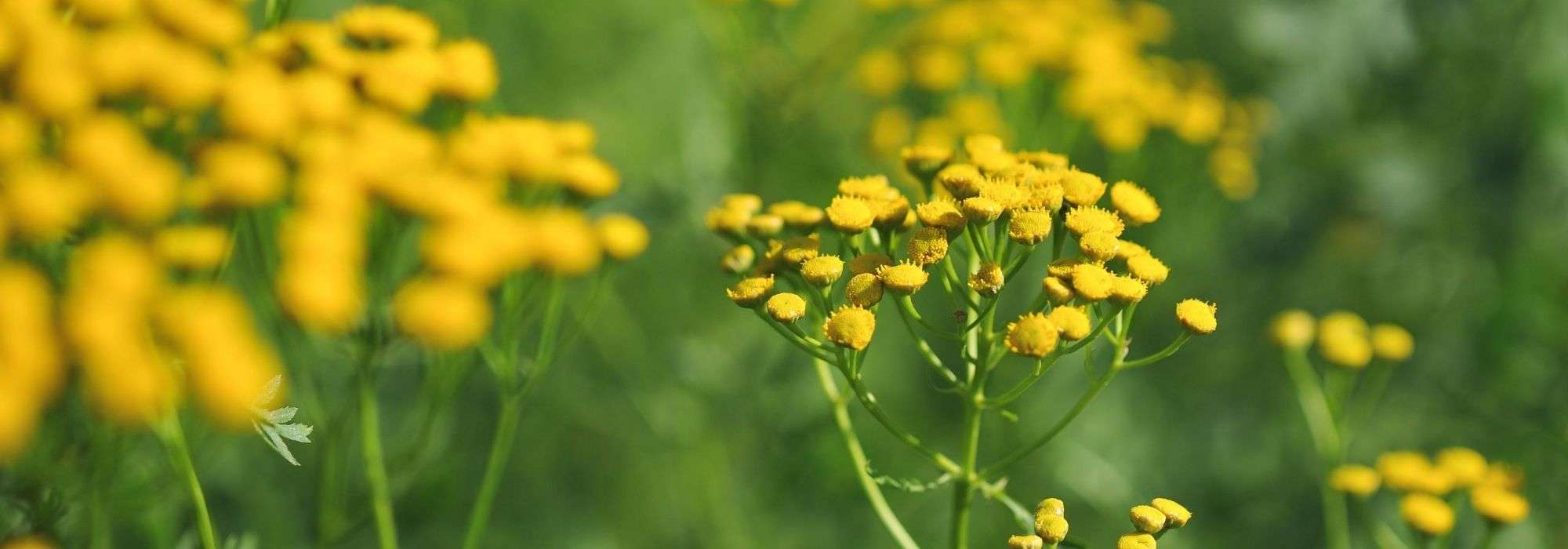
8 repellent plants: they stand guard in the garden!
To naturally repel pests
Contents
Harmful insects, aphids, ants, snails and slugs, rodents… there are simple, environmentally friendly solutions to keep these unwanted visitors away from your plantings. While insects are essential to biodiversity, they can also become a serious nuisance, especially when they appear in large numbers in our vegetable gardens or ornamental gardens. Thankfully, some plants can release through their roots, foliage or flowers repellent substances that pests dislike and that drive them away. Ideal in a natural garden or an organic vegetable garden!
Discover our selection of the best naturally repellent plants, renowned for their effectiveness against garden pests.
→ Also read: Companion plants for the vegetable garden
Tansy to repel ants
Tansy is the Queen of repellent plants! As decorative as it is repellent, it is very useful in vegetable gardens, orchards and ornamental gardens. It has natural insecticidal properties due to the presence of molecules called pyrethrins, active against insect proliferation. Its pretty golden-yellow round heads attract pollinators all summer, especially bees, while keeping unwanted insects at bay. Its repellent effect works naturally near sensitive plants and helps repel many insects and parasitic pests (cabbage fly, Colorado potato beetles, aphids, ants, whiteflies…)
To fight ants: place bunches of fresh leaves along their trails. Thanks to its fungicidal properties, it also protects against diseases such as mildew and rust. Its scent also is reputed to repel ticks, moths and fleas. It is generally used as sprays on aerial parts of your fruits, vegetables or plants, and to water the base of crops you wish to protect from parasitic attacks. It is prepared as a maceration, infusion (30 g of flowers for 1 l of water), manure or decoction (25 cl of fresh plant in 1 litre of water) to enhance its remarkable insect-repelling, insecticidal and fungicidal powers.
Easy to grow, it thrives in any well-drained soil, even poor or sandy, in full sun or light shade. Give it a place in vegetable garden as well as in flower beds, borders and rockeries.
To learn everything about this plant, consult our sheet ⇒ Tansy: sow, plant and grow.
Read also
Aphid: identification and treatmentFritillaria imperialis: mole-repellent bulb
Field mice, field voles (the most destructive!) and other small rodents particularly relish many flower bulbs. Underground, the large toxic bulb of the Crown imperial (Fritillaria imperialis) gives off an unpleasant smell within a radius of 1.5 m, which has the advantage of repelling pests. Standing 75 cm to 1 m tall, with its crown-like yellow or orange flowers it will be majestic when planted in regular drifts among your tulips, hyacinths, crocuses, alliums, dahlias, gladioli and camassia. Plant in autumn, from September to October at the same time as other bulbs, in full sun or light shade in fertile, very well-drained soil. It remains in place for many years. It fits easily into borders, rockeries or containers.
Discover everything you need to know about fritillaries, as well as our video advice how to plant crown imperial bulbs.
Here is another excellent mole- and rodent-repellent:
The scent emitted by the roots of Incarvillea, a rhizomatous perennial, would also repel moles and rodents within a radius of 5 to 7 m. Therefore plant several plants in your beds of this lovely repellent plant, which bears tubular pink or white flowers from May to July.
Discover other Repellent plants
View all →Available in 1 sizes
Available in 2 sizes
Available in 1 sizes
Available in 1 sizes

Available in 1 sizes
Available in 1 sizes
Available in 1 sizes
Available in 1 sizes
Available in 1 sizes
Available in 1 sizes
French marigold or Tagète against whiteflies and nematodes
This annual plant has abundant summer flowering and suits both ornamental borders and vegetable beds, where it traditionally accompanies tomatoes. Scent of French marigold foliage and substances secreted by its roots are reputed to repel insects, whiteflies and especially nematodes, microscopic worms that parasitise tomato roots and can exhaust young plants, sometimes killing them. French marigold is also an edible flower that can be enjoyed in salads, soups or desserts, a way to combine usefulness and pleasure with this plant!
Don’t hesitate to read also our full sheet ⇒ French marigold, tagetes: sowing, planting, care.
Read also
10 effective mosquito-repellent plantsBasil to repel flies and nematodes
Did you know that basil is a natural repellent? As well as flavouring your summer dishes, this aromatic plant helps keep aphids, whiteflies, carrot flies and asparagus beetles away from your vegetable crops. In the vegetable garden, it makes a good companion when planted between each tomato plant, as its roots excrete nematicidal substances that will protect them from nematodes.
Wormwood: insect-repellent and fungicidal
With its fine silvery leaves dotted with small yellow flowers in summer, wormwood (Artemisia absinthium) is a beautiful shrubby, aromatic and medicinal perennial, as useful in the vegetable patch as it is attractive in the ornamental garden! It has insect-repellent, insecticidal and fungicidal properties. Wormwood repels many pest insects such as flea beetles, cabbage white, and is also effective against aphids, slugs and snails and against rusts, notably gooseberry rust.
A valuable ally in the vegetable patch provided it is planted a little away from the growing beds (at least 1 m) as it inhibits the growth of neighbouring plants: place a few dried or fresh wormwood leaves at the base of crops to protect them. To combat aphids, ants, caterpillars and gastropods, prepare a wormwood manure (300 g of fresh plant per 1 litre of water) to spray along pests’ pathways, never on your plants! It prefers calcareous, nitrogen-poor and fairly dry soils.
Find wormwood on our sheet ⇒ Mugwort, Artemisia: planting, pruning and care.
Dill against aphids, mites and shieldbugs
Dill is cultivated as a culinary plant, for its leaves but also for its seeds. It is also a natural repellent against many pest insects. It will be a very good companion for many vegetable plants: planted among your young vegetable plants, it repels carrot fly, squash bug, aphids, red spider mites, tomato hornworm and leek moth. As a bonus, enjoy in summer its charming umbel flowers in a bright acid yellow, perched on long stems. Plant it in sun in fairly rich, light and well-drained soil.
Discover ⇒ Dill: sowing, planting, benefits.
Nasturtiums against aphids
Nasturtium is one of those attractive plants that, instead of repelling pest insects from your crops, attract them like a magnet! Pretty with its slender flowers and round leaves and edible, nasturtium finds its place easily both in garden and in vegetable patch. Nasturtium is very often prey to black aphids which it irresistibly attracts; these then desert all neighbouring plants. It is an organic aphid trap. Used as a “trap plant” in vegetable patch near vegetable plants or in garden around rose bushes to provide a natural diversion. It also attracts cabbage white caterpillars, which tunnel through leaves, as well as whiteflies, squash bugs, many beetles and cabbage loopers. Ideal to plant on edge of vegetable patch to protect vegetables, notably tomatoes, cucumbers, cabbages (kale, kohlrabi, broccoli) and radishes.
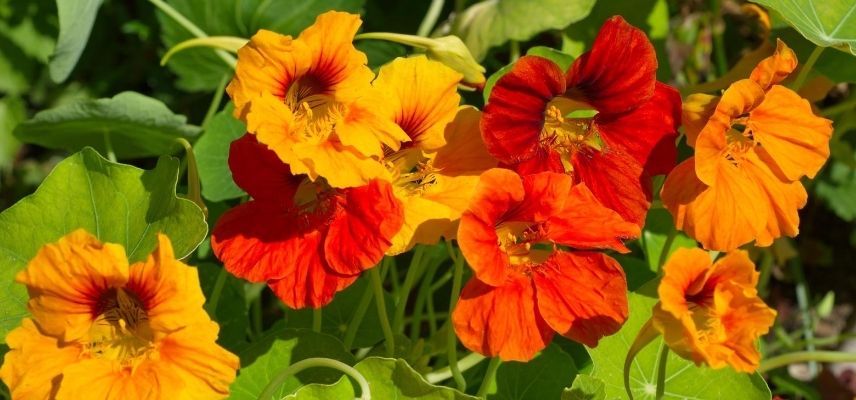
Discover everything you need to know about nasturtium, how to eliminate aphids if you find their presence unsightly and follow our advice to control them naturally.
Pot marigold: keeping unwanted pests at bay
The Marigold or Calendula officinalis is a plant useful in both garden and vegetable patch as its scent repels many parasitic pests, notably nematodes. This edible flower therefore has its place in a flowering vegetable patch where it also attracts aphids, drawing them away from crops. Plant it at base of strawberry and tomato plants! It is a trap plant, also very useful in ornamental garden to deter unwanted pests! You can also plant it at base of your roses if aphids invade them. Marigold produces very pretty cut flowers that will also enhance salads! It likes well-drained, poor soils and full sun.
Read our full factsheet to find out how to sow, plant and grow marigold.
- Subscribe!
- Contents
































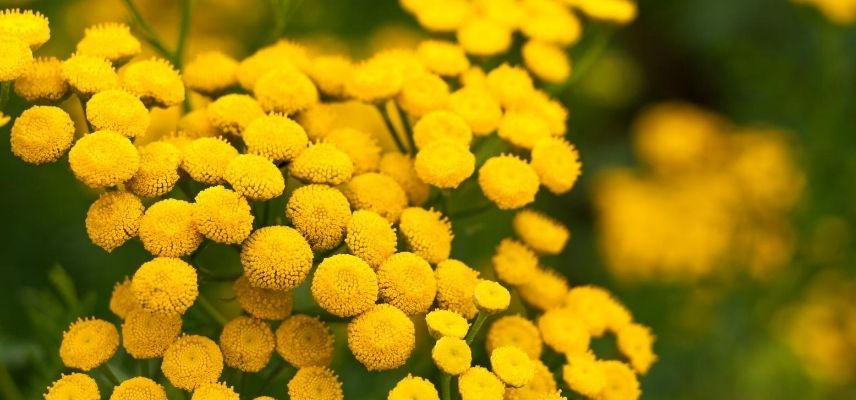
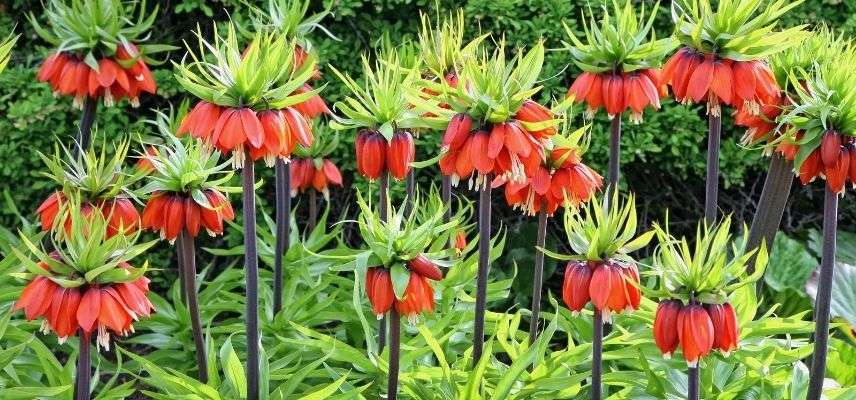
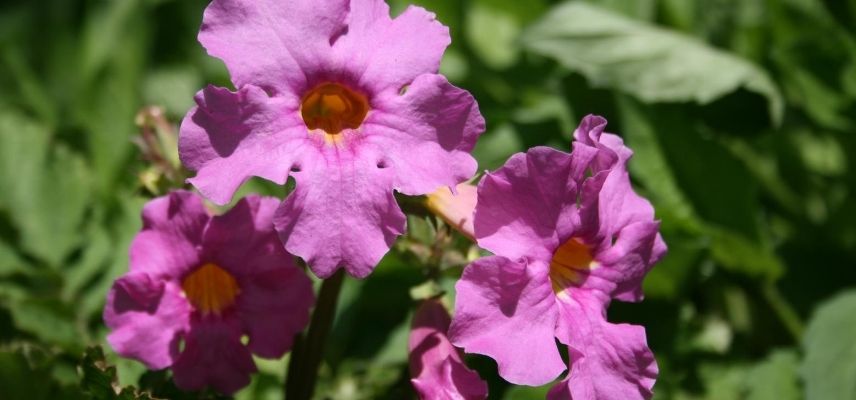
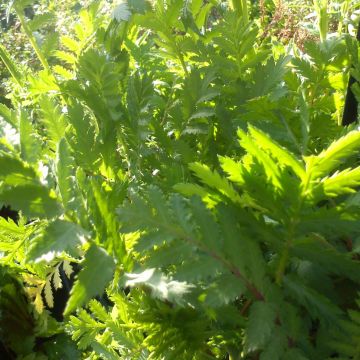
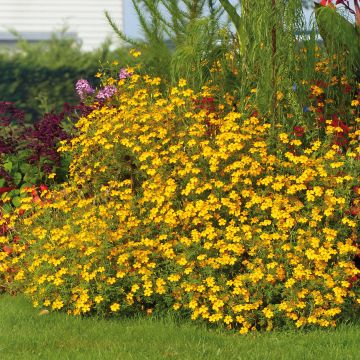


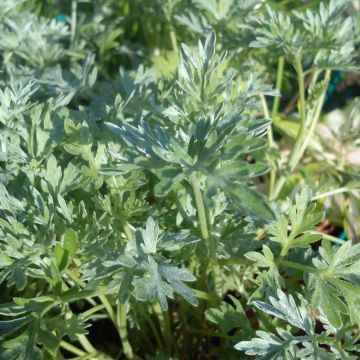

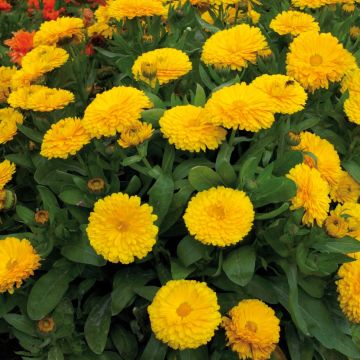


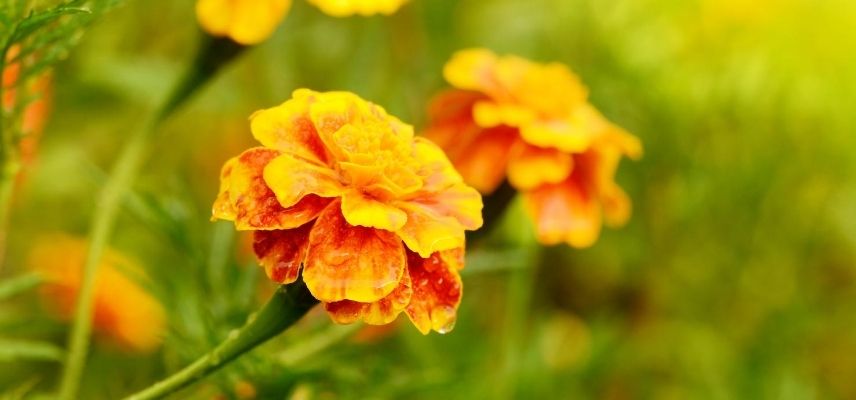
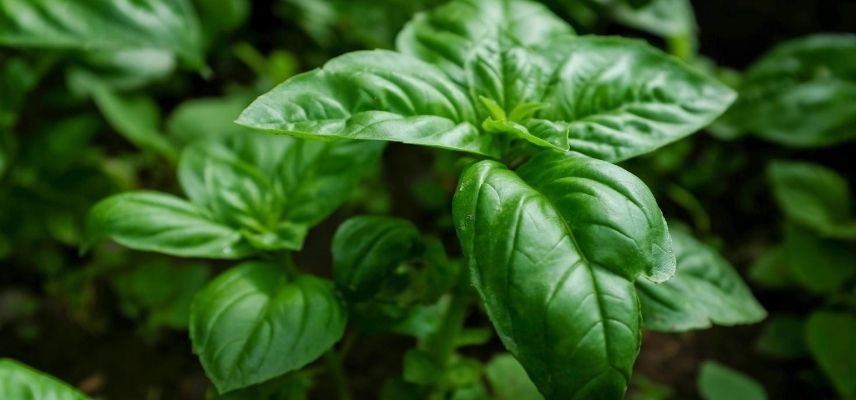
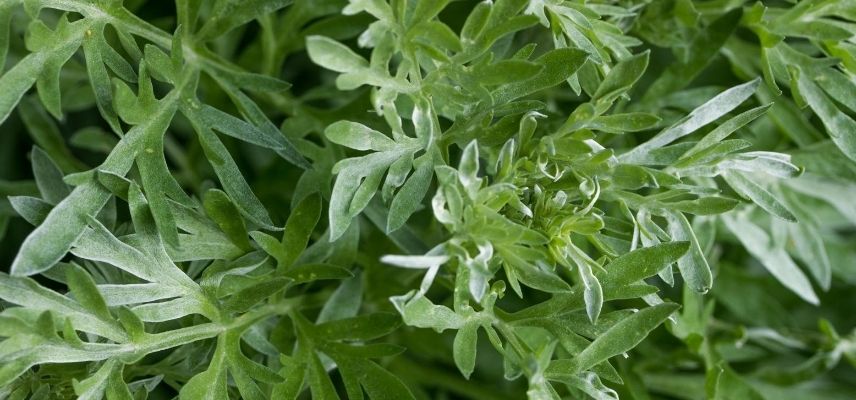
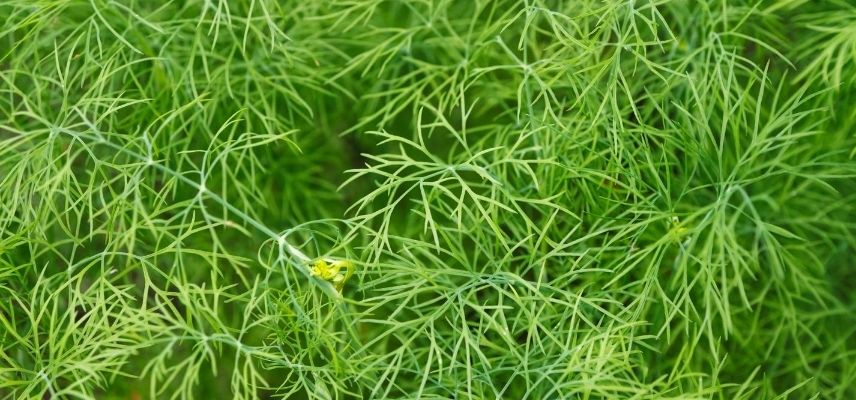
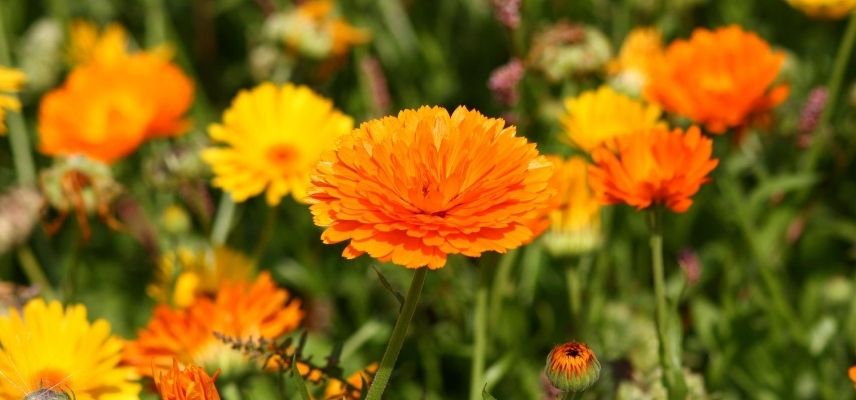
Comments